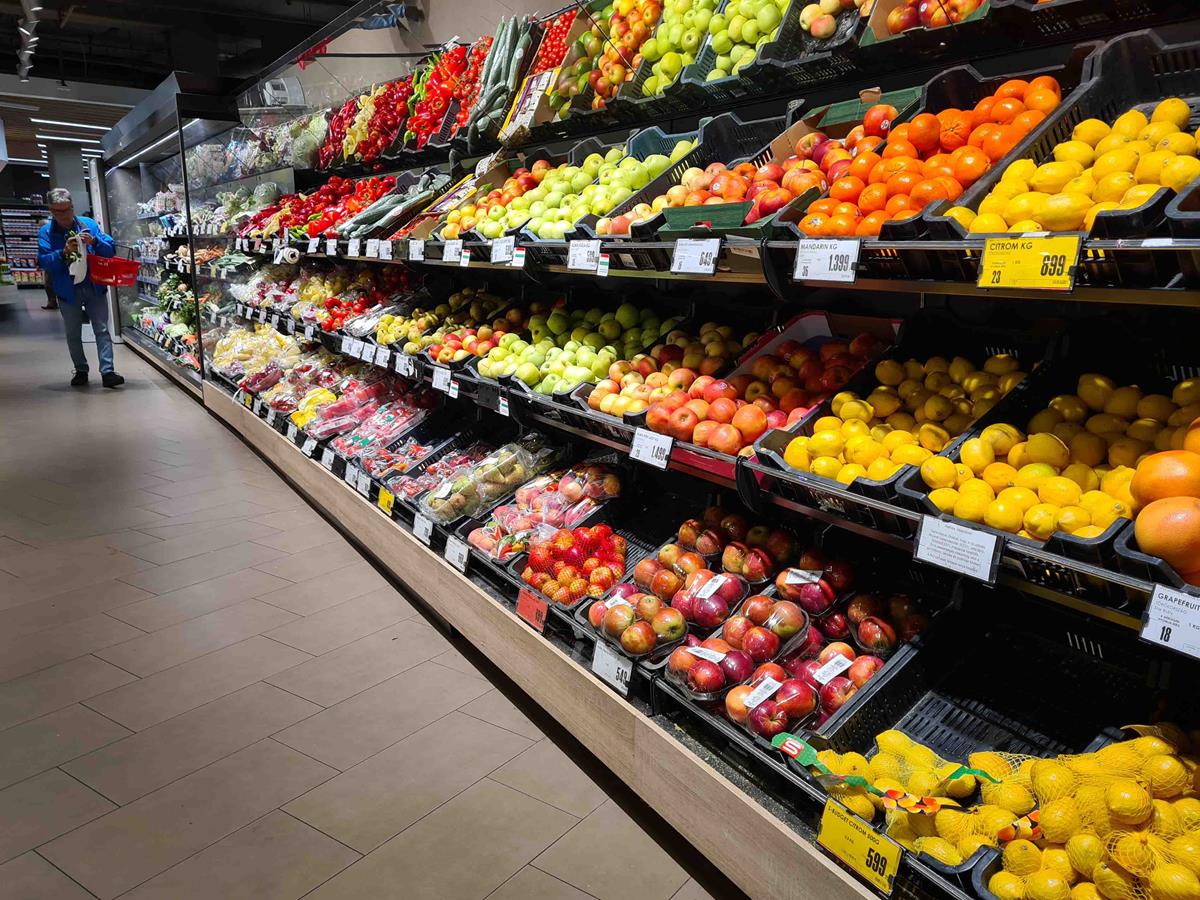Will Hungary face a new wave of skyrocketing inflation in 2025?
The inflation rate in Hungary has clearly accelerated in recent months, from the 3% target set by the central bank in September to 3.7% in November and 4.4% in December, according to analysts’ expectations.
This increase is not entirely unexpected, as experts had already predicted that prices could accelerate by the end of 2024 due to the low base period in 2023 and the recessionary effects. The acceleration in inflation is partly due to technical factors, but the weak forint and international commodity price increases also play a significant role.

Drivers of inflation
According to Portfolio, inflation is being driven by several factors. One of the most important is the rapid increase in the prices of basic consumer goods, especially food. Food prices were lower in the second half of 2024, partly due to the recession and the fall in energy prices, but in December, the prices of dairy products, eggs and other staples resumed their significant rise. Global market developments, such as higher prices for chocolate and coffee, also contributed to the price increases.
The weakening of the forint exchange rate has a tremendous impact on inflation. A quarterly depreciation of 3.4% against the euro and 11.1% against the dollar increases the inflation rate by more than 1 percentage point, although the effect is gradual over several months. Therefore, inflation in December and price increases in the following months could be critical.
Inflation and government bond yields
Consumers are particularly sensitive to changes in the price of everyday consumer goods, which is one of the most visible effects of inflation. Food prices have risen faster than the average inflation rate, putting a greater burden on households. Analysts expect inflation to peak in January 2025, reaching as high as 4.7%, as a result of the weak forint and tax hikes earlier this year.

After the inflation peak, experts expect the money deflation rate to return to the central bank’s target range of 2-4% by the end of the year. The median forecast is for inflation to reach 3.8% by the end of 2024, while lower rates are projected for 2025 and 2026. Yields on inflation-linked government bonds are also affected by developments in the price index. The average inflation rate in 2024 is expected to be 3.7%, which is the basis for the yield premium on government bonds. If current forecasts are correct, the average inflation rate in 2025 could be around 4%, which is what investors can expect as a return.
The inflation situation in Hungary poses a significant challenge for households and economic agents alike, with technical factors, the weak forint and global economic developments also influencing price increases. Inflation is expected to peak at the beginning of the year and then gradually decline to the central bank’s target range. Inflation-linked government bonds could remain an attractive investment option in a changing economic environment.
Read also:
- Will the long-awaited adoption of the euro in Hungary remain a dream?
- Currency concerns: Is the EUR/HUF 500 exchange rate approaching in Hungary? – Here’s what the experts say
Featured image: depositphotos.com






Context. Data. Facts. Couple of things to keep an eye out for, as our Politicians are promising the moon and stars for 2025:
https://tradingeconomics.com/hungary/government-bond-yield – having an average interest rate of seven (7) percent, probably bumping up to eight is NOT cool with Hungary´s levels of debt.
https://economy-finance.ec.europa.eu/economic-surveillance-eu-economies/hungary/economic-forecast-hungary_en – that´s quite a few assumptions we´re already not meeting …